-
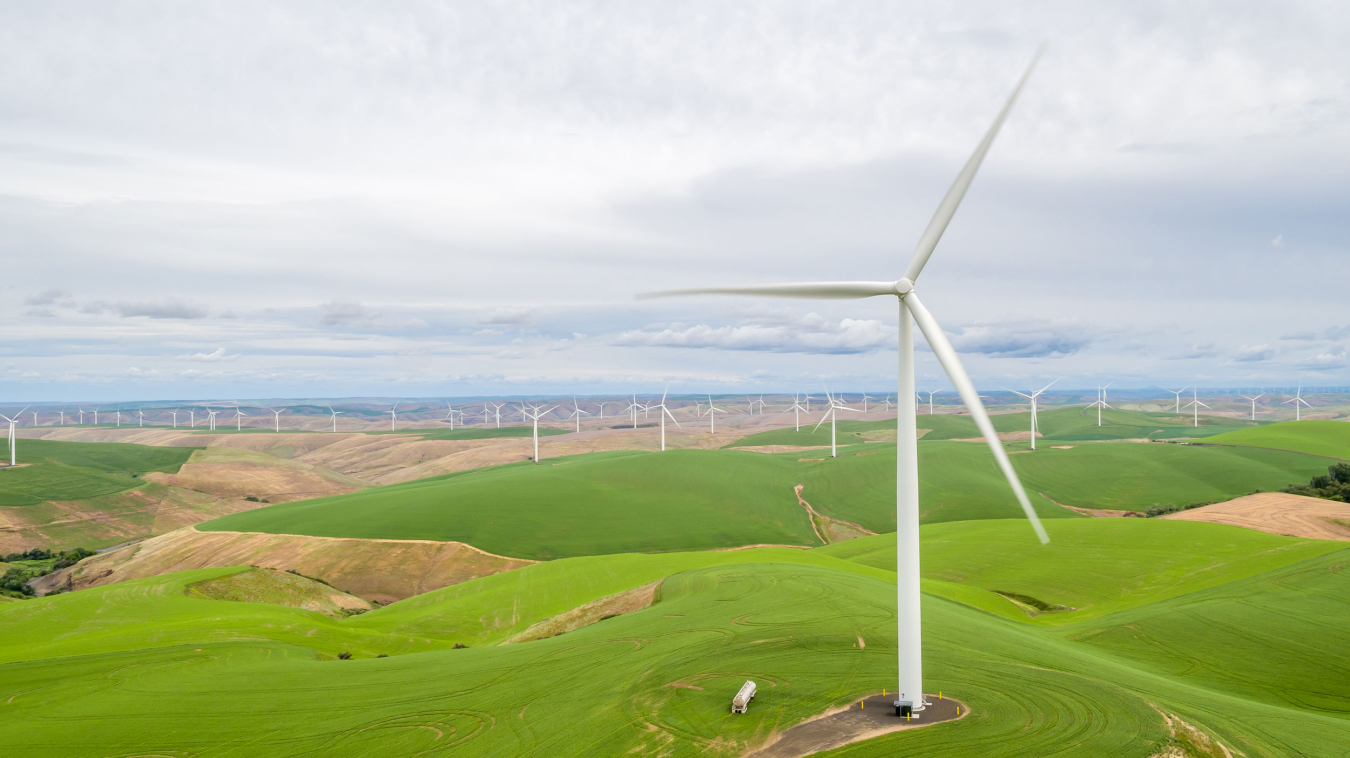 Wind power is the nation’s largest source of renewable energy, with more than 150 gigawatts of wind energy installed across 42 U.S. States and Puerto Rico. These projects generate enough electricity to power more than 40 million households.December 2, 2024
Wind power is the nation’s largest source of renewable energy, with more than 150 gigawatts of wind energy installed across 42 U.S. States and Puerto Rico. These projects generate enough electricity to power more than 40 million households.December 2, 2024 -
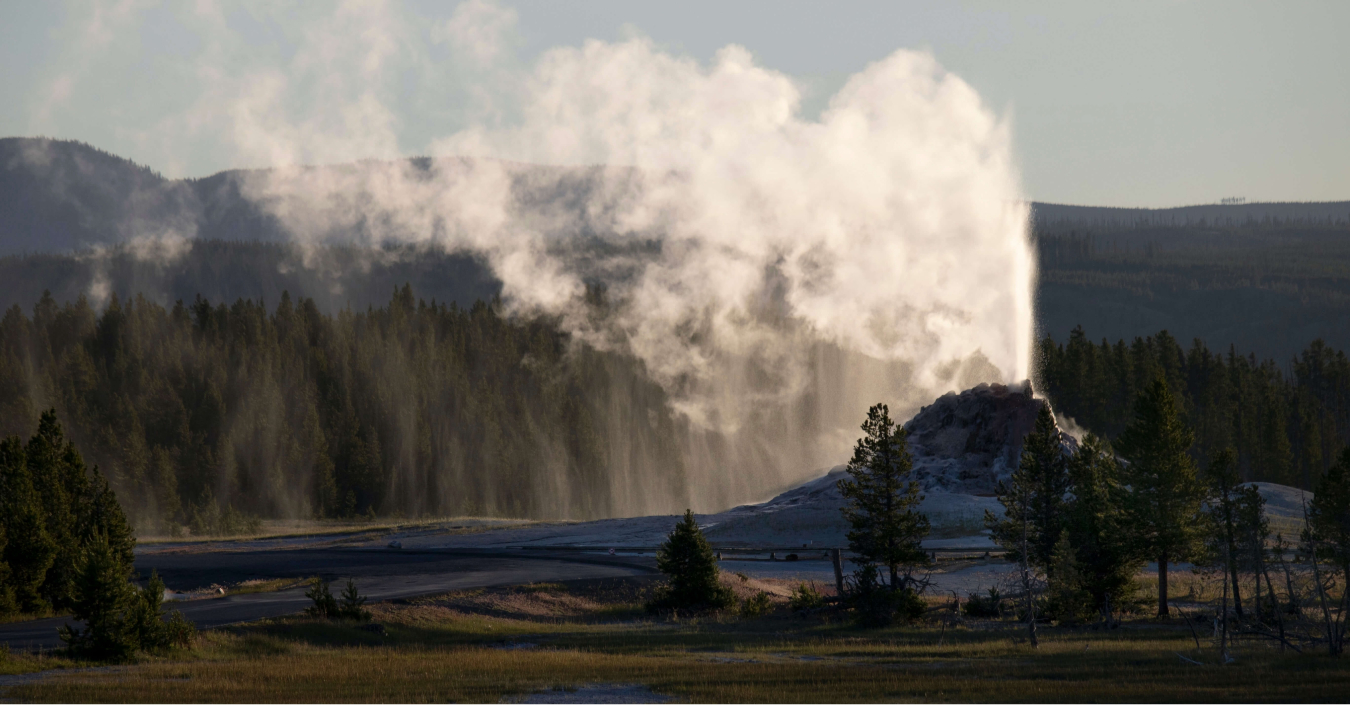 There’s heat beneath your feet—a vast, largely untapped renewable energy resource. Geothermal energy has a unique role to play in providing clean energy across the entire United States.January 8, 2025
There’s heat beneath your feet—a vast, largely untapped renewable energy resource. Geothermal energy has a unique role to play in providing clean energy across the entire United States.January 8, 2025 -
 Solar energy is the fastest growing and most affordable source of new electricity in America. As the cost of solar energy systems dropped significantly, more Americans and businesses are taking advantage of clean energy.December 31, 2024
Solar energy is the fastest growing and most affordable source of new electricity in America. As the cost of solar energy systems dropped significantly, more Americans and businesses are taking advantage of clean energy.December 31, 2024 -
 Hydropower plays a key role in ensuring electricity grids remain reliable and stable as they evolve to incorporate more variable renewable energy sources.December 2, 2024
Hydropower plays a key role in ensuring electricity grids remain reliable and stable as they evolve to incorporate more variable renewable energy sources.December 2, 2024
What is Renewable Energy?
Renewable energy comes from naturally occurring resources that are continuously replenished. It generates over 20% of all U.S. electricity, and that percentage continues to grow.
The United States is a resource-rich country with enough renewable energy resources to generate more than 100 times the amount of electricity Americans use each year. Learn more about renewable energy potential.
How to Use Renewable Energy at Home
Homeowners and renters can use clean energy at home by buying clean electricity, building renewable energy systems like solar panels or small wind turbines to generate electricity, or using renewable resources like passive solar or geothermal heat pumps to heat and cool water or rooms. There are many ways to improve comfort at home using renewable energy. There are also ways these resources and energy storage can be connected into a microgrid that operates autonomously and locally, as well as interconnect to the power grid at the grid edge between the consumer and their utility.
To consider improving your home’s energy efficiency, visit Energy Saver to learn more about the use of renewable energy at home. You may be eligible for federal and state tax credits if you install a renewable energy system. Go to ENERGY STAR to learn about federal renewable energy tax credits for homeowners. For information on state incentives, visit the Database of State Incentives for Renewables and Efficiency.
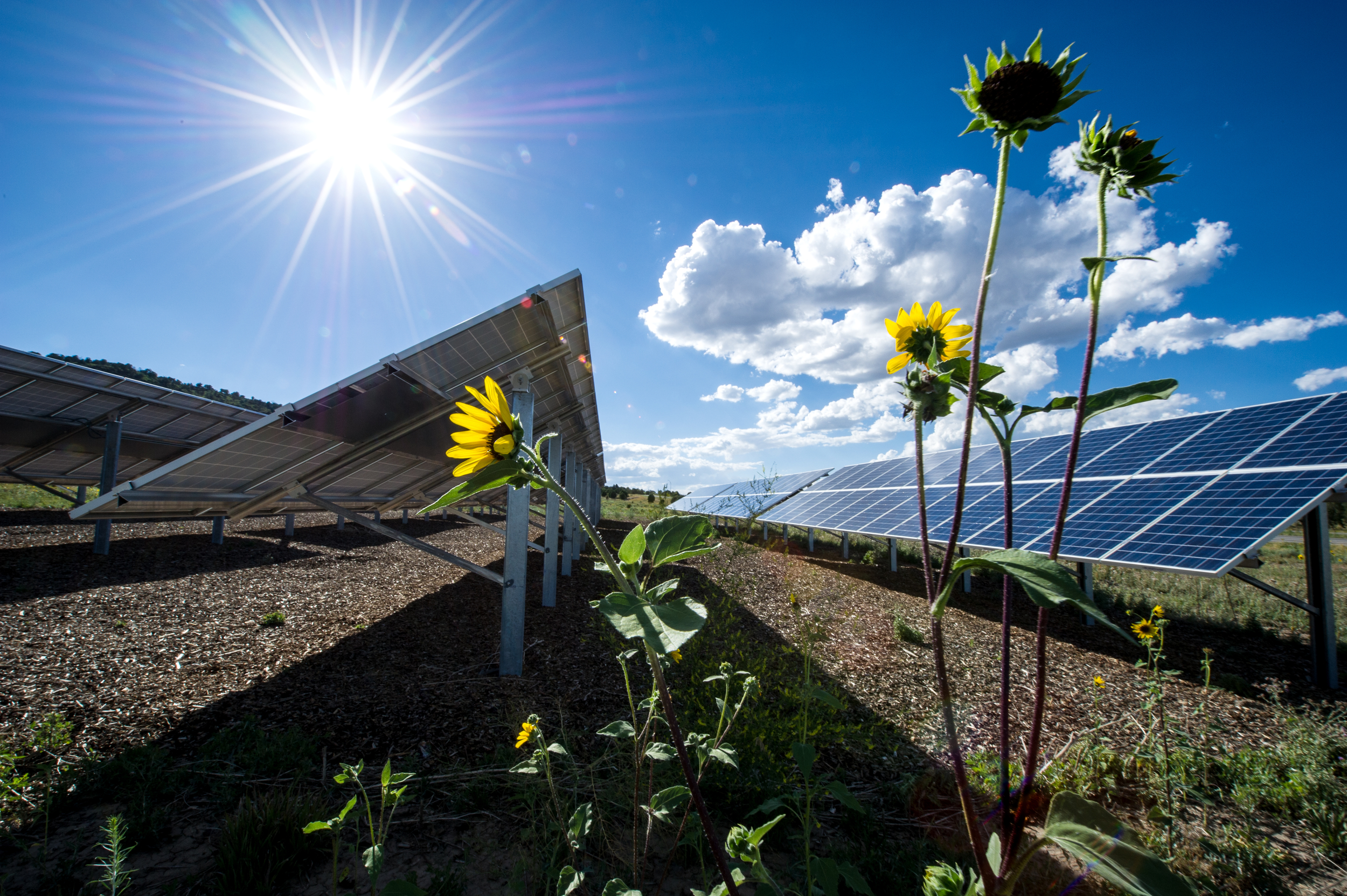
Renewable Energy Myths and Misconceptions
You may have heard some myths about renewable energy, and you're probably wondering how you can learn the truth about wind turbines, solar panels, and the clean energy economy so you can become a Clean Energy Champion and share with others. To dispel some myths and misconceptions about clean energy, check out some clean energy facts!
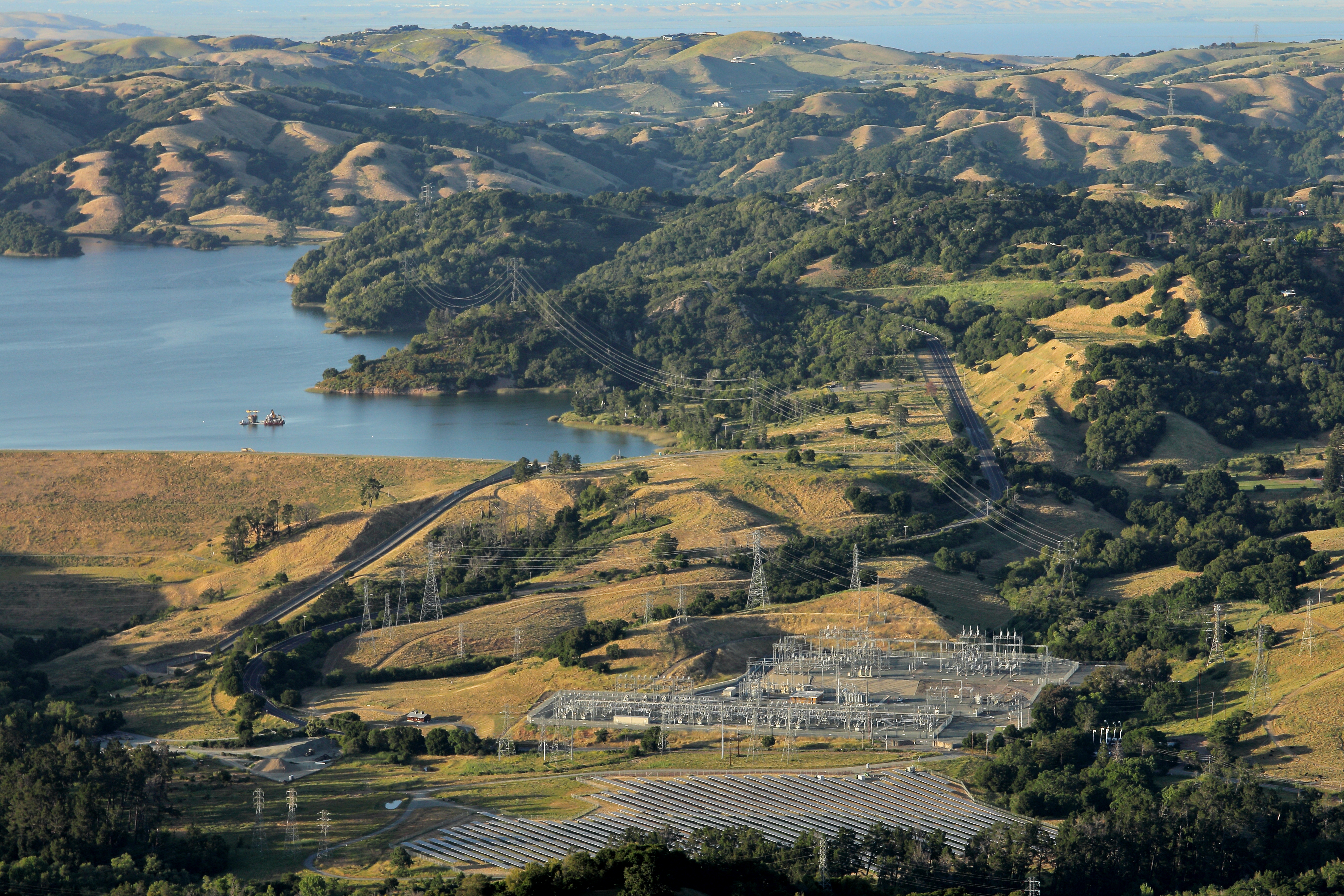
Siting and Interconnection
DOE's support to advance renewable energy research and deployment includes support for the siting of renewable energy projects, connecting them to the grid, fostering community-led energy initiatives, and addressing non-technical barriers such as permitting. DOE also invests in high-voltage direct current transmission lines to help bring offshore wind and other renewable energy generation to the grid.
Press Releases
-
- Grid Deployment and Transmission
- Puerto Rico Grid Recovery and Modernization
- Renewable Energy
- Energy Storage
- Clean Energy
January 16, 2025 -
- Grid Deployment and Transmission
- Puerto Rico Grid Recovery and Modernization
- Renewable Energy
- Energy Storage
- Clean Energy
January 16, 2025 -
- American Manufacturing
- Renewable Energy
- Energy Workforce
January 15, 2025 -
- Renewable Energy
- Solar
- Wind
- Energy Storage
- Wind Energy
December 20, 2024 -
- Clean Energy
- Wind Energy
- Renewable Energy
- Electric Grids
- Wind
December 12, 2024 -
- Interconnection
- Renewable Energy
- Grid Deployment and Transmission
- Clean Energy
November 25, 2024 -
- Grid Deployment and Transmission
- Clean Energy
- Renewable Energy
- Energy Storage
- Grid Modernization Initiative
November 4, 2024 -
- Buildings Energy Efficiency
- Building Energy Codes
- Solar Energy
- Renewable Energy
- Decarbonization
November 1, 2024 -
- Clean Energy
- Energy Demonstrations
- Renewable Energy
- Tribal Energy Access
- Community Benefit Plans
October 30, 2024 -
- Clean Energy
- Renewable Energy
- Energy Workforce
- Energy Justice
- Careers
October 23, 2024 -
- Renewable Energy
- Marine Energy
- Wind Energy
- Clean Energy
- Deployment
October 21, 2024 -
- Environmental and Legacy Management
- Biotechnology
- Energy Efficiency
- Renewable Energy
- Explore Biology at DOE (Biology)
October 18, 2024
From Our Blogs
-
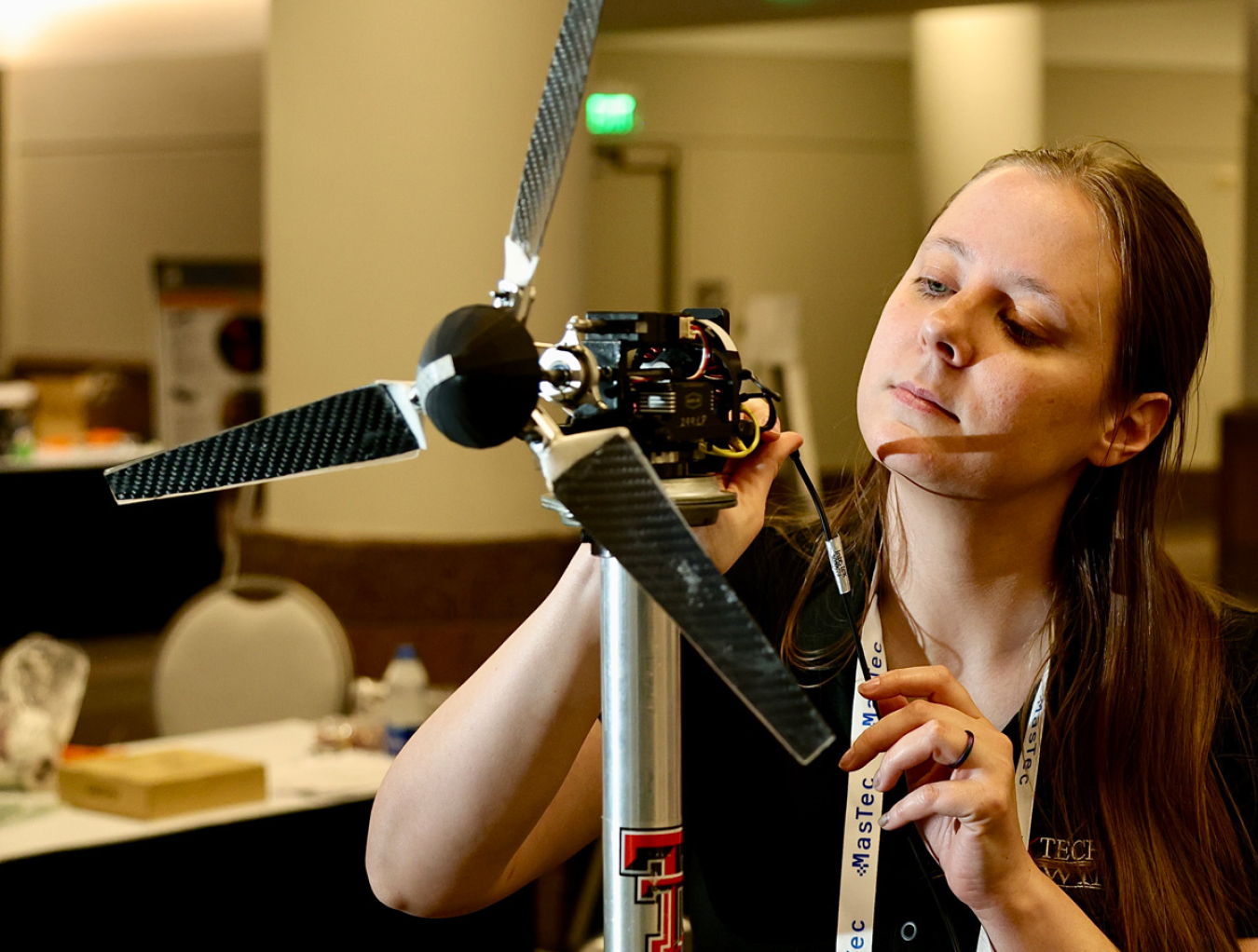
- Wind Energy
- Renewable Energy
- Energy Workforce
- Careers
- Wind
January 17, 2025 -
- Energy Workforce
- Clean Energy
- Careers
- Renewable Energy
January 6, 2025 -
- Clean Energy
- Wind Energy
- Renewable Energy
- Electric Grids
- Wind
December 12, 2024 -
- Clean Energy
- Inflation Reduction Act
- Bipartisan Infrastructure Law
- Renewable Energy
- Energy Security
November 19, 2024

